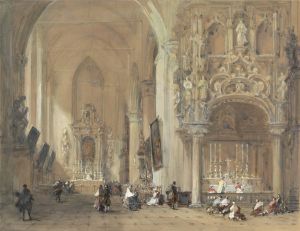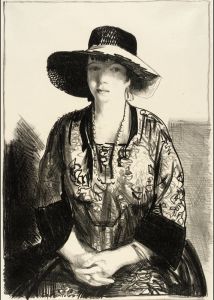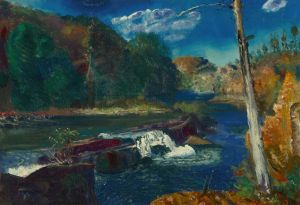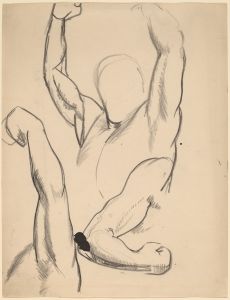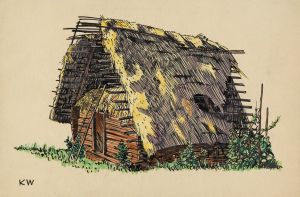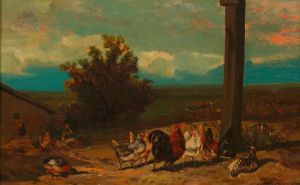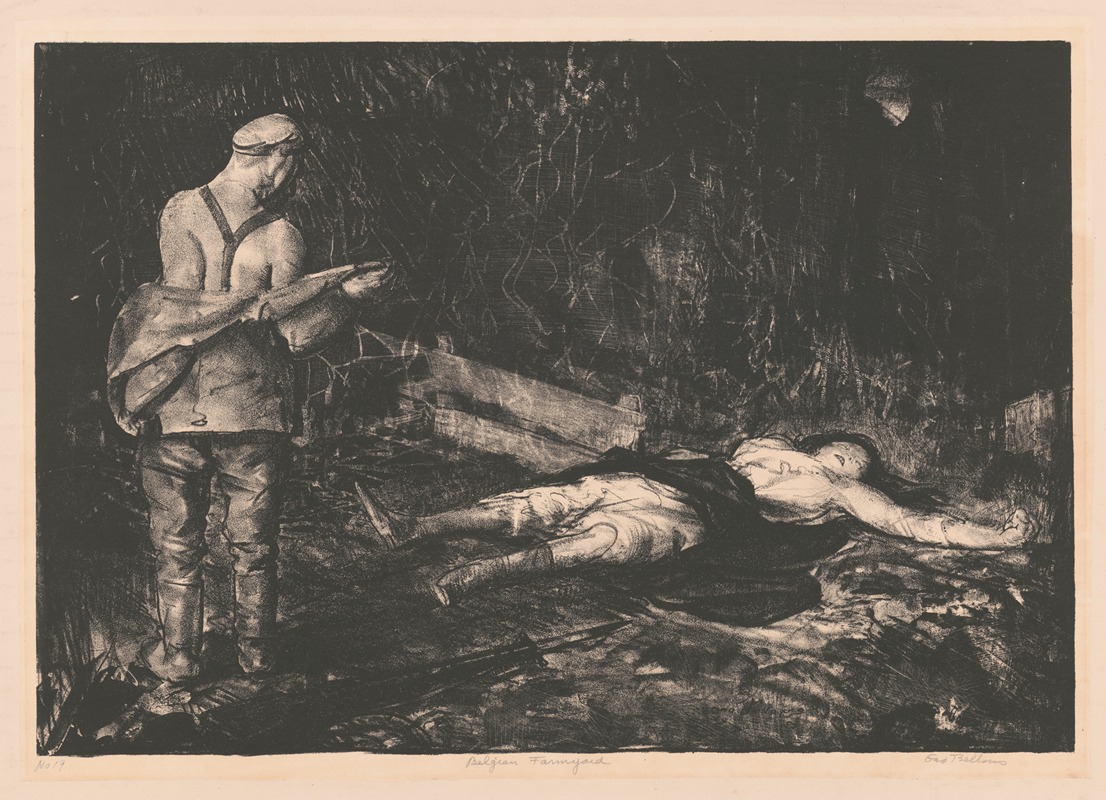
Belgian farmyard
A hand-painted replica of George Wesley Bellows’s masterpiece Belgian farmyard, meticulously crafted by professional artists to capture the true essence of the original. Each piece is created with museum-quality canvas and rare mineral pigments, carefully painted by experienced artists with delicate brushstrokes and rich, layered colors to perfectly recreate the texture of the original artwork. Unlike machine-printed reproductions, this hand-painted version brings the painting to life, infused with the artist’s emotions and skill in every stroke. Whether for personal collection or home decoration, it instantly elevates the artistic atmosphere of any space.
"Belgian Farmyard" is a painting by the American artist George Wesley Bellows, who was an influential figure in the early 20th-century American art scene. Bellows is best known for his dynamic depictions of urban life and landscapes, as well as his involvement with the Ashcan School, a group of artists who focused on portraying the everyday realities of American life.
George Wesley Bellows was born on August 12, 1882, in Columbus, Ohio. He studied at Ohio State University before moving to New York City, where he became a student of Robert Henri, a leading figure of the Ashcan School. Bellows quickly gained recognition for his powerful and expressive style, which often captured the vibrancy and energy of urban environments.
"Belgian Farmyard" is one of Bellows' works that reflects his interest in capturing the essence of a particular place and moment. Although specific details about the painting's creation and its current location are not widely documented, it is known that Bellows was deeply affected by the events of World War I. During this period, he created a series of works that depicted the impact of the war on European landscapes and people. It is possible that "Belgian Farmyard" was inspired by these themes, as Belgium was significantly affected by the war.
Bellows' technique often involved bold brushwork and a keen sense of composition, which can be seen in his landscapes and other works. His ability to convey emotion and atmosphere through his use of color and form is a hallmark of his style. In "Belgian Farmyard," Bellows likely employed these techniques to capture the rural setting and the mood of the scene.
Throughout his career, Bellows received numerous accolades for his contributions to American art. He was a member of the National Academy of Design and exhibited his works widely. His paintings are held in major collections across the United States, including the Metropolitan Museum of Art, the National Gallery of Art, and the Whitney Museum of American Art.
George Wesley Bellows' legacy as an artist is marked by his ability to depict both the vibrancy of urban life and the tranquility of rural landscapes. His works continue to be celebrated for their emotional depth and technical skill. While "Belgian Farmyard" may not be as widely known as some of his other paintings, it remains an example of his interest in capturing the world around him with honesty and vigor.
Bellows passed away on January 8, 1925, at the age of 42, leaving behind a significant body of work that continues to influence artists and captivate audiences. His contributions to American art are remembered for their boldness and their reflection of the social and cultural landscapes of his time.





